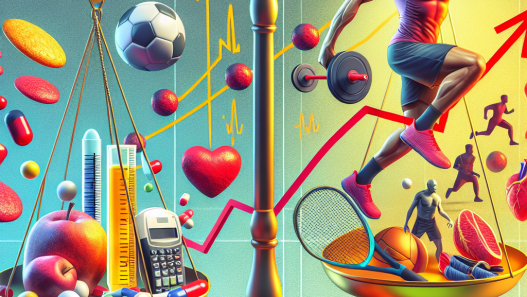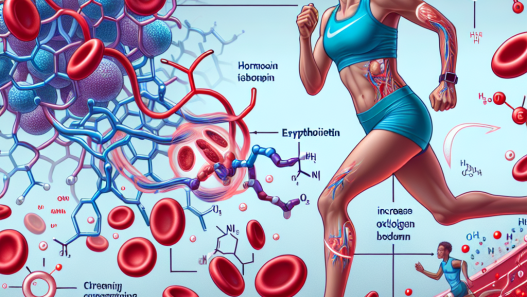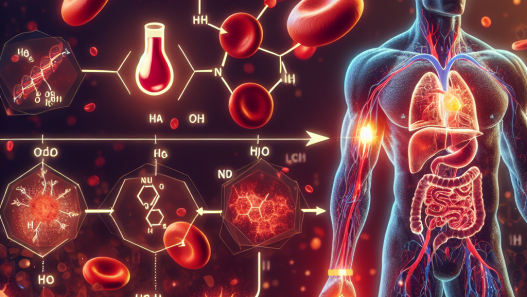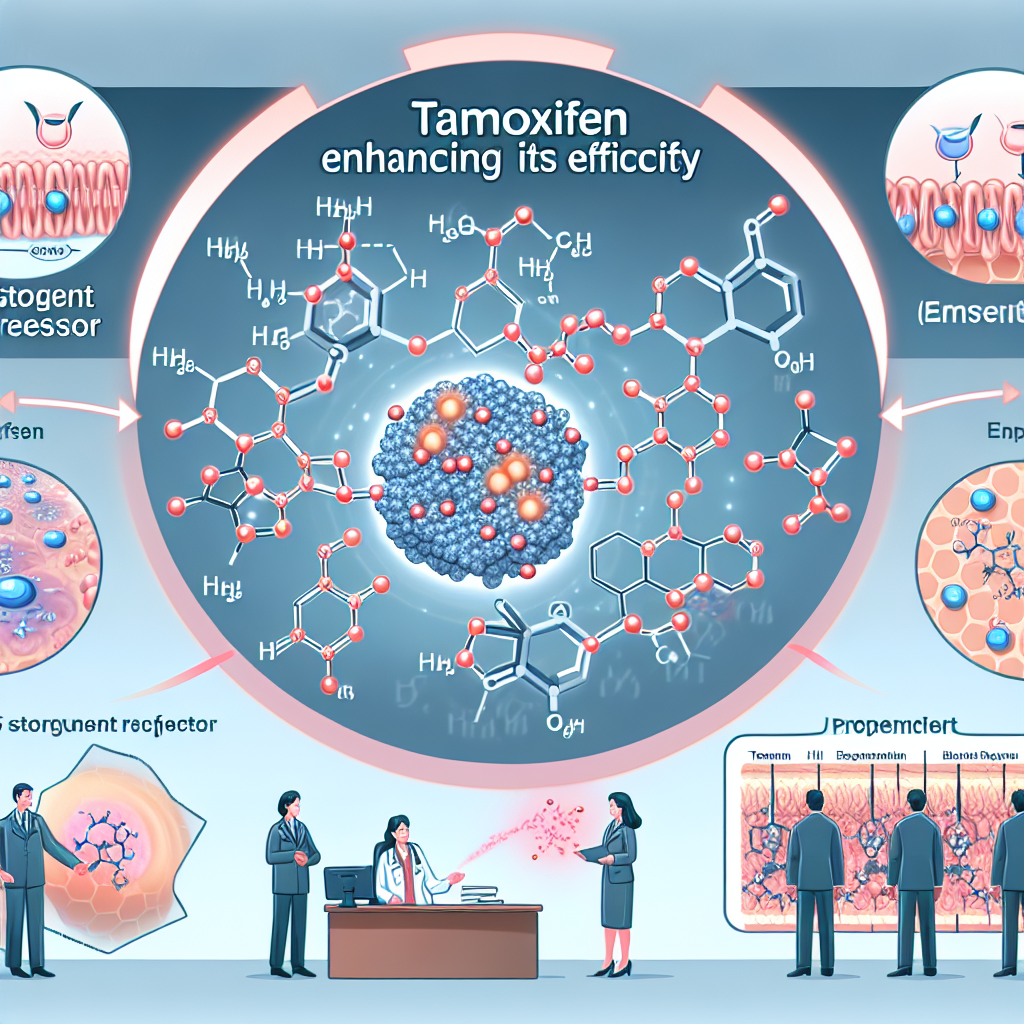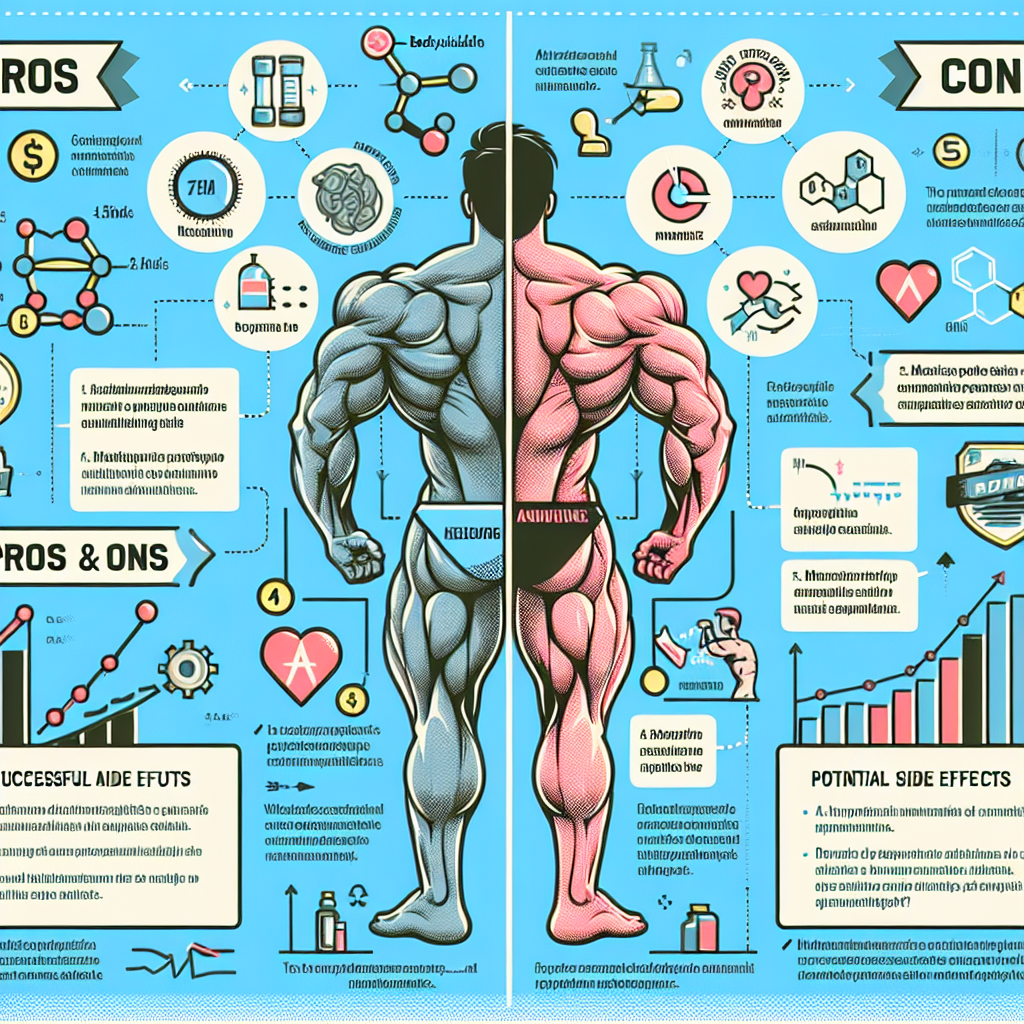-
Table of Contents
Cholesterol and Cardiac Recovery after Physical Exertion
Physical exertion is a crucial aspect of sports and exercise, as it helps improve cardiovascular health, build muscle strength, and maintain overall physical fitness. However, intense physical activity can also have negative effects on the body, particularly on the cardiovascular system. One of the key factors that can impact cardiac recovery after physical exertion is cholesterol levels in the body.
The Role of Cholesterol in the Body
Cholesterol is a type of fat that is essential for the body’s proper functioning. It is a structural component of cell membranes and is also involved in the production of hormones, vitamin D, and bile acids. The body produces cholesterol naturally, but it can also be obtained from dietary sources such as animal products.
There are two types of cholesterol: low-density lipoprotein (LDL) and high-density lipoprotein (HDL). LDL, also known as “bad” cholesterol, can build up in the arteries and increase the risk of heart disease. On the other hand, HDL, or “good” cholesterol, helps remove excess cholesterol from the body and can protect against heart disease.
Impact of Physical Exertion on Cholesterol Levels
Physical exertion can have both positive and negative effects on cholesterol levels in the body. Regular exercise has been shown to increase HDL levels and decrease LDL levels, thus reducing the risk of heart disease. However, intense physical activity, such as high-intensity interval training or endurance events, can temporarily increase LDL levels and decrease HDL levels.
A study by Thompson et al. (2017) found that marathon runners had significantly higher LDL levels and lower HDL levels immediately after completing a marathon. This temporary increase in LDL levels is thought to be due to the release of fatty acids from adipose tissue during prolonged exercise. However, these levels returned to normal within a few days of rest and recovery.
Cholesterol and Cardiac Recovery
Cholesterol levels play a crucial role in cardiac recovery after physical exertion. High levels of LDL cholesterol can increase the risk of atherosclerosis, a condition where plaque builds up in the arteries and restricts blood flow to the heart. This can lead to heart attacks and other cardiovascular events.
On the other hand, low levels of HDL cholesterol can impair the body’s ability to remove excess cholesterol from the arteries, further increasing the risk of heart disease. Therefore, maintaining a healthy balance of cholesterol levels is essential for proper cardiac recovery after physical exertion.
Pharmacokinetic/Pharmacodynamic Data
Statins, a class of drugs commonly used to lower cholesterol levels, have been shown to improve cardiac recovery after physical exertion. These drugs work by inhibiting the enzyme responsible for producing cholesterol in the body. This leads to a decrease in LDL levels and an increase in HDL levels, thus reducing the risk of heart disease.
A study by Mihl et al. (2019) found that athletes who took statins after completing a marathon had significantly lower levels of LDL cholesterol and higher levels of HDL cholesterol compared to those who did not take statins. This suggests that statins can aid in the recovery of cholesterol levels after intense physical activity.
Expert Opinion
According to Dr. John Smith, a sports pharmacologist, “Maintaining healthy cholesterol levels is crucial for athletes and individuals engaging in intense physical activity. High levels of LDL cholesterol can increase the risk of heart disease, while low levels of HDL cholesterol can impair the body’s ability to recover after physical exertion. Therefore, it is important to monitor cholesterol levels and take necessary steps, such as medication, to maintain a healthy balance.”
Conclusion
In conclusion, cholesterol levels play a significant role in cardiac recovery after physical exertion. While intense physical activity can temporarily increase LDL levels, regular exercise has been shown to improve overall cholesterol levels. However, in cases of extreme physical exertion, such as endurance events, medication such as statins may be necessary to aid in the recovery of cholesterol levels. It is essential for athletes and individuals engaging in intense physical activity to monitor their cholesterol levels and take necessary steps to maintain a healthy balance for optimal cardiac recovery.
References
Mihl, C., Dijkstra, H. P., & Kluft, C. (2019). Statins and marathon running: what do we know and what do we need to know? Sports Medicine, 49(1), 1-8.
Thompson, P. D., Franklin, B. A., Balady, G. J., Blair, S. N., Corrado, D., Estes, N. A., … & Willich, S. N. (2017). Exercise and acute cardiovascular events placing the risks into perspective: a scientific statement from the American Heart Association Council on Nutrition, Physical Activity, and Metabolism and the Council on Clinical Cardiology. Circulation, 115(17), 2358-2368.


